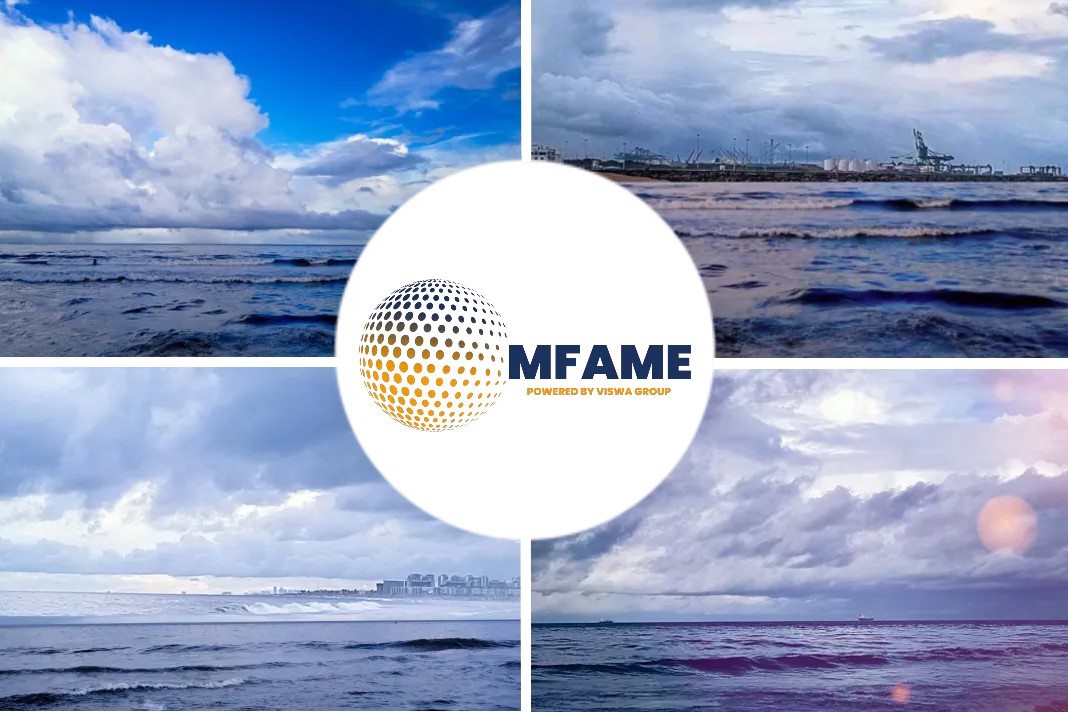- Change expected in Asian fuel oil market. From Q3 of 2019, HSFO demand would drop and vessel’s with scrubbers would still go in for HSFO
- LSFO supply may not be enough to cover all bunker demands
- Concerns are raised with that new blends might be incompatible
- The Cal 2020 crack is currently bid on ICE at around minus $18.50/b and offered at around minus $17/b, with Brent at around $56/b
- While fuel oil demand is expected to drop, supply of fuel oil is also likely to decline as refiners have been installing new cracking units.
The Asian fuel oil market is expected to see a dynamic change from the third quarter of 2019 due to the implementation of new sulfur regulations mandated by the International Maritime Organization says Platts.
Drop in demand expected
The IMO will cap sulfur content in bunker fuel to 0.5% from the current 3.5% from January 1, 2020. With this, shipowners are expected to start buying low sulfur bunker fuel from Q3. This would lead to a drop in demand for high sulfur fuel oil, according to industry sources.
Change in dynamics
The forward paper derivatives market has already started to reflect the changing dynamics. The quarterly spreads for the Singapore 180 CST and 380 CST swaps traded on the Intercontinental Exchange have started showing strong backwardation for 2019 as markets expect a slump in demand for them.
Total global bunker fuel demand — including HSFO, LSFO and marine gasoil — is expected to be steady year on year at around 300 million mt in 2019, but the share of the each fuel will change.
In 2018, HSFO’s market share is estimated at around 60-70% of the total, while MGO was about 20%, according to various reports. The balance was LSFO and LNG.
HSFO demand to continue
Vessels with scrubbers will still go in for HSFO. Retro-fitted exhaust cleaning technology will still be allowed to consume HSFO.
Industry sources estimate that only around 1,000 – 2,000 vessels will have scrubbers at the end of 2019, out of 60,000 – 70,000 of vessels. Around 15% of bunker demand could still be HSFO after 2020.
LSFO supply
As prices of LSFO are typically lower than MGO, shipowners will first look for LSFO supply, market sources said.
However, “LSFO supply is not enough to cover all the bunker demand,” said a trader based in Singapore. Supply of LSFO in Asia is limited to 200,000 – 300,000 mt/month out of 4 million mt/month of bunker demand in Singapore, market sources estimate.
MGO demand to grow
Marine gasoil demand is expected to grow. “If I am a shipowner, if the spread between MGO and LSFO is narrow, I might rather buy MGO because there are no compatibility issues,” said a Singapore-based trader.
Another trader said “it depends on ship owners’ idea on how much spread they can accept to take MGO. So their idea will also affect the demand for LSFO and MGO.”
New blends incompatible?
Many in the industry have raised concerns that some of these new blends will prove incompatible if brought into contact with one another.
They may potentially cause blocked filters and engine failures.
Cal 2020 crack
A closely watched instrument indicating value for HSFO in 2020 is the Calendar 2020 crack traded on ICE, which shows where the market views the value of HSFO relative to Brent crude.
While some expect the large drop in demand for HSFO from the bunker industry in 2020 to result in Cal 2020 cracks falling to large discounts, others feel that the uncertainty around implementation, at least during the first year of the new IMO standard, and alternative uses of HSFO may continue to provide some support for its value.
The Cal 2020 crack is currently bid on ICE at around minus $18.50/b and offered at around minus $17/b, with Brent at around $56/b. In early October, when Brent’s value was around $77/b, it was bid at minus $24/b and offered at minus $20/b.
Market sources also noted that the value of crude in 2020 would be a key factor determining the price of HSFO. Prices for heavy and sour crudes are expected to weaken from 2020, while light crudes are expected to benefit and command a premium over heavy grades, said sources.
Production to decline in 2019
While fuel oil demand is expected to drop, supply of fuel oil is also likely to decline as refiners have been installing new cracking units.
The UAE’s ADNOC started operation of its new delayed coker in September, while ExxonMobil started its new coker at the 320,000 b/d Antwerp refinery at the end of October.
ADNOC discontinued term contracts to sell straight-run fuel oil loading from Ruwais from 2019 as it plans to restart its fire-hit residue fluid catalytic cracker early this year.
ADNOC’s 127,000 b/d RFCC was shut following a fire in January 2017. Since then, the company has sold four to five 90,000 mt cargoes/month of straight-run fuel oil to term lifters or spot buyers, traders said.
In South Korea, S-Oil started operation at its new 75,000 b/d high-severity residue fluid catalytic cracker at its 669,000 b/d Onsan refinery in the third quarter of 2018, which reduced fuel oil production.
In addition, fuel oil production in Russia is likely to edge lower in 2019 as several new units come online at refineries. Russia is one of the major fuel oil suppliers to Singapore.
Asian oil market
Traders said the Asian fuel oil market is likely to see a surge of demand from the Middle East again in the second and third quarters of 2019.
In 2018, Saudi Arabia bought 1.5 million-2 million mt/month of HSFO over May-August last year to meet power demand, market sources said. Pakistan also bought 755,000 mt of HSFO and LSFO in the four months over May to August in 2018, Platts data showed.
Did you subscribe for our daily newsletter?
It’s Free! Click here to Subscribe!
Source: Platts


























